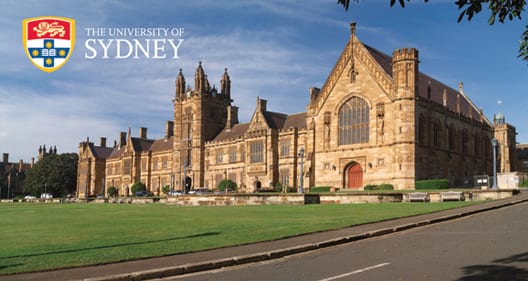Australia is a unique and diverse country in every way – in culture, population, climate, geography, and history.
Culture
Australian culture is as broad and varied as the country’s landscape. Australia is multicultural and multiracial and this is reflected in the country’s food, lifestyle and cultural practices and experience. Australia has an important heritage from its indigenous people, which plays a defining role in the cultural landscape. This diversity of influences creates a cultural environment in Australia that is lively, energised, innovative and outward looking.
Population
As of October 2012, Australia’s population is roughly 22.7 million people. The most populous states are New South Wales and Victoria, with their respective capitals, Sydney and Melbourne, the largest cities in Australia. Australia’s population is concentrated along the coastal region of Australia from Adelaide to Cairns, with a small concentration around Perth, Western Australia. The centre of Australia is sparsely populated.
Climate
The majority of Australia experiences temperate weather for most of the year. The northern states of Australia are typically warm all the time, with the southern states experiencing cool winters but rarely sub-zero temperatures. Snow falls on the higher mountains during the winter months, enabling skiing in southern New South Wales and Victorian ski resorts, as well as the smaller resorts in Australia’s island state, Tasmania.
Geography
Australia is an island continent and the world’s sixth largest country (7,682,300 sq km). Lying between the Indian and Pacific oceans, the country is approximately 4,000 km from east to west and 3,200 km from north to south, with a coastline 36,735 km long. Canberra is Australia’s capital city. With a population of approximately 320,000 people and situated in the Australian Capital Territory, Canberra is roughly half way between the two largest cities Melbourne and Sydney. Australia has 19 listed World Heritage properties. Australia is also famous for its landmark buildings including the Sydney Harbour Bridge; its ancient geology, as well as for its high country.
History
Australia’s first inhabitants, the Aboriginal people, are believed to have migrated from some unknown point in Asia to Australia between 50,000 and 60,000 years ago. While Captain James Cook is credited with Australia’s European discovery in 1770, a Portuguese possibly first sighted the country, while the Dutch are known to have explored the coastal regions in the 1640s. The first European settlement of Australia was in January 1788, when the First Fleet sailed into Botany Bay under the command of Captain Arthur Phillip. Originally established as a penal colony, by the 1830s the number of free settlers was increasing. Transportation of convicts to the eastern colonies was abolished in 1852 and to the western colonies in 1868.
Education
Australia has best quality of education.
-
Australian National University
 ANU is a world-leading university in Australia’s capital city, Canberra. Our location points to our unique history, ties to the Australian Government and special standing as a resource for the Australian people.Our focus on research as an asset, and an approach to education, ensures our graduates are in demand the world-over for their abilities to understand, and apply vision and creativity to addressing complex contemporary challenges.
ANU is a world-leading university in Australia’s capital city, Canberra. Our location points to our unique history, ties to the Australian Government and special standing as a resource for the Australian people.Our focus on research as an asset, and an approach to education, ensures our graduates are in demand the world-over for their abilities to understand, and apply vision and creativity to addressing complex contemporary challenges. -
Sydney University
Leadership is listening. Leadership is bold. Leadership is foresight. Leadership is action. Leadership is challenging. Leadership is questioning. Leadership is pragmatic. Leadership is progressive. Leadership is making a stand. Leadership isn’t an acronym. Leadership is common sense. Leadership isn’t about leaders. The University of Sydney. Leadership for good.
Our scholars and students share a passionate commitment to the transformative power of education. Our research makes a real difference to our understanding of today’s world and how we work and live in it, and we enrich our community by bringing together people from all social and cultural backgrounds. -
University of Melbourne
 If you’re planning to study in Australia, you may well have your sights set on one of the two highest-ranking universities in Australia: Australian National University (ANU) and the University of Melbourne. Placed at 25th and 33rd in the QS World University Rankings® 2014/15, both are clearly among the world’s very best universities, making the choice between the two leading universities in Australia a pretty tough decision.
If you’re planning to study in Australia, you may well have your sights set on one of the two highest-ranking universities in Australia: Australian National University (ANU) and the University of Melbourne. Placed at 25th and 33rd in the QS World University Rankings® 2014/15, both are clearly among the world’s very best universities, making the choice between the two leading universities in Australia a pretty tough decision.Below is an overview of various factors to consider when choosing where to study in Australia, including subject strengths, tuition fees, location and student population, followed by a more in-depth comparison of the top two universities in Australia in each category.


